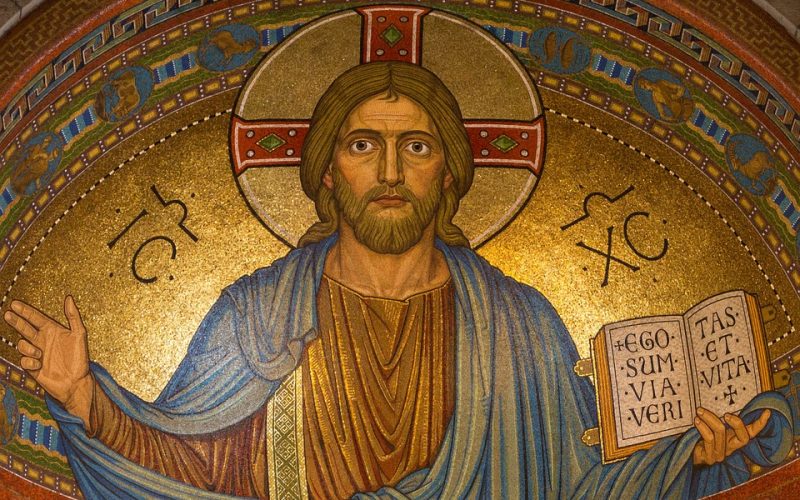Art has always served as a mirror to humanity, reflecting our societal values, emotions, and intellectual pursuits. Among the myriad forms of art, paintings hold a special place due to their ability to capture both the tangible and intangible aspects of our world. But why do some paintings rise above the rest to achieve iconic status, leaving an indelible mark on our culture?
Paintings as historical documentation
Famous paintings often serve as time capsules, preserving the essence of a particular era, culture, or event. They provide insights into the historical context from which they emerged, serving as visual records of society's evolution. For instance, Leonardo da Vinci's "The Last Supper" offers more than a religious narrative; it provides a glimpse into the artistic techniques and cultural values of the Renaissance period. Similarly, Diego Rivera's murals depict the struggles and aspirations of the Mexican people during the early 20th century, highlighting art's role in documenting social change.
Artistic innovation and influence
Many celebrated paintings have achieved their status because of the ground breaking techniques or unconventional approaches employed by their creators. These works not only push the boundaries of artistic expression but also influence subsequent generations of artists. Vincent van Gogh's "Starry Night," with its swirling, vivid brushstrokes, challenged the traditional norms of representation, paving the way for modern art movements such as Expressionism. The ripple effect of such innovation cannot be understated, as it shapes the trajectory of art history and encourages continual evolution within the art world.
Symbolism and universal themes
Famous paintings often resonate with audiences due to their exploration of universal themes and powerful symbolism. By tapping into shared human experiences—such as love, loss, identity, and conflict—these works evoke emotional responses that transcend cultural and temporal boundaries. Edvard Munch's "The Scream," for example, captures existential angst and the human experience of anxiety in a way that continues to resonate with viewers today. Such paintings invite personal interpretation and reflection, fostering a deeper connection between the artwork and the observer.
Cultural identity and pride
Certain paintings become emblematic of a nation's cultural heritage, instilling a sense of pride and identity among its people. These masterpieces often reflect the unique characteristics and values of a particular society, becoming symbols of national identity. For example, Johannes Vermeer's "Girl with a Pearl Earring" is often considered a quintessential representation of Dutch Golden Age art, embodying the era's attention to detail and mastery of light. Similarly, Aboriginal art, such as Albert Namatjira's landscapes, holds significant cultural value for Indigenous Australians, preserving traditional stories and connections to the land.
Social and political critique
Art has long been a medium for social and political commentary, and famous paintings are no exception. Many artists have used their work to challenge societal norms, question authority, and advocate for change. Pablo Picasso's "Guernica," for instance, is a powerful anti-war statement that condemns the horrors of conflict and the suffering it inflicts on humanity. By addressing pressing issues through their art, these painters inspire dialogue and awareness, contributing to cultural and societal progress.
The power of popular culture
In today's digital age, famous paintings continue to captivate the public's imagination and remain relevant through their integration into popular culture. From memes and merchandise to reinterpretations in film and fashion, these artworks continue to inspire creativity and innovation across various media. This widespread exposure not only reinforces their cultural significance but also introduces new audiences to the world of art, ensuring that these masterpieces endure for generations to come.
The cultural significance of famous paintings lies in their ability to transcend time and space, offering insights into the human condition and the world around us. Whether through historical documentation, artistic innovation, or social critique, these works continue to shape our understanding of art and its impact on society. By remaining relevant and resonant, they remind us of the enduring power of creativity and the vital role of art in our cultural landscape.

















